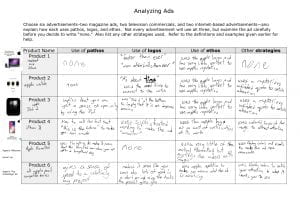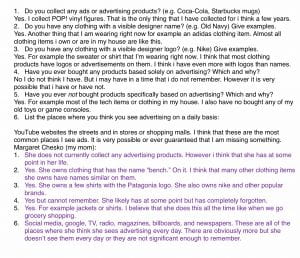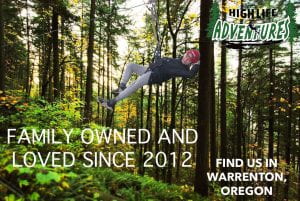Hi! Welcome to the newest edition to my blog. A post about the Middle Ages! Today I will be referring to our “This Changes Everything” project. This project was all about the Middle Ages. We learned about the plague, the crusades and other parts of medieval life. My persona favourite part of this project was when we created our own character for our “medieval life simulation” during this, we created our own character based on the role in society we were given. Is as a monk of the church, this meant, I could read and write but I had almost the same rights as a serf (the lowest point of society at the time). Anyway I’ll mention that all later. So, into the post!
Milestone 1: Before I start to talk about this milestone I think that this project needs some more explanation. When this project was started, we were told that we needed to read a book. This book, being, “The Book of the Lion”. This is a book based around the crusades that occurred in the Middle Ages. The book was historical fiction depicting the life of a man that was nearly executed but instead used as a crusader due to his physical ability. Anyway, now you know about the book so this should be less confusing. In the first milestone we were to create a document showing our strategies and plans for reading the book a steady amount per day. This was a minor milestone but it still had an effect on the way most people read the book.
Milestone 2: This was the milestone that I mentioned during the introduction. This wa my favourite milestone even though I didn’t do as good of a job as I would have liked. I enjoyed this milestone because it allowed for a lot of creativity because you create the personality, background, and feelings of your own character from the Middle Ages.
Milestone 3: Milestone 3 was different from the rest of the milestones in this project because it happened over the course of 3 weeks. Each week we had a different role assigned to us. Each role had a different assignment. The first week I was an “artist” and drew a picture of something that I thought was important. The other two ones were connector and summarizer.

This was my piece of art it is the main character’s horse named Winterstar. (I’m not that good at art)
Milestone 4: In this milestone we were partnered up with a random classmate and worked on researching change and continuity in the Middle Ages. I was paired up with Amy Sheardown (check out her blog HERE) and we got to work on our research document. For our change and continuity our main emphasis were on women’s rights and education (women’s rights=change education=continuity).
Milestone 5: Present. One word. We created a presentation for our class that explained the continuity and change on the subjects that we had chosen in class. As I said in the section about milestone 4, we chose women’s and education. Everyone had great presentations and we showed what we had learned up to that point. I have a video of the presentation too! But you don’t get to see that…….
Curricular competency time!!
Comprehend: this curricular competency is about the strategies you use to learn, read, and just comprehend anything really. I think that I used a lot of strategies that I probably haven’t even noticed because I read a lot and have for a long time, but a strategy that I know I used were to summarize each chapter in a note at the end to help myself understand it better if I needed to come back to that chapter.
Identifying continuity and change: this curricular competency is based of of your ability to make connections from what you read to your life as it is and I think that I am pretty good at this because of the time that I have spent reading and enjoying books that have a main character or plot that I can personally relate to.
Thanks for reading this far into my blog post!
Until next time!
-Keenan


















